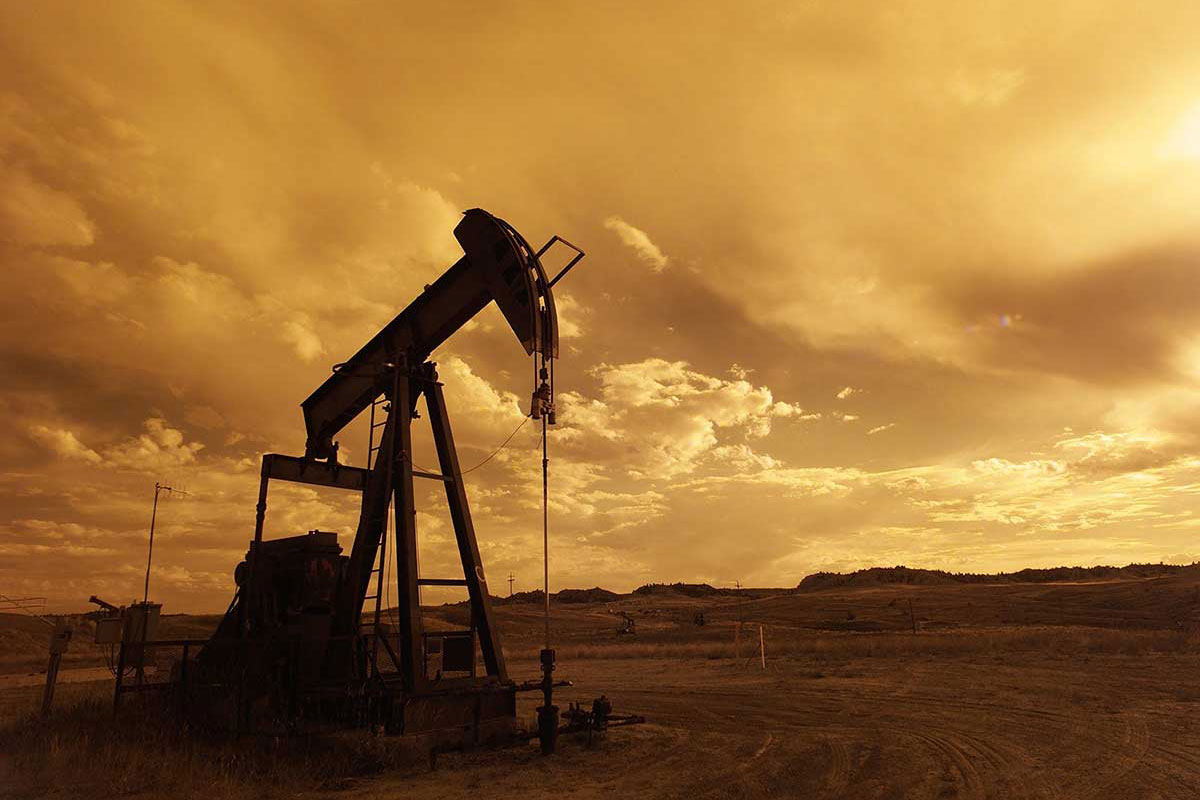In recent months, especially following the lifting of state subsidies on fuel, Lebanese consumers have looked on with concern at the rise in fuel prices. Many have immediately attributed the rise solely to Russia’s ongoing war in Ukraine. The truth, however, is a great deal more complicated, and the industry developments that led to the current issues began long before that conflict.
The Coronavirus Pandemic
From the first days of the emergence of the COVID-19 pandemic back in early 2020, and with the ensuing waves of lockdowns and business closures around the world, it became inevitable that global demand for fuel would fall to unprecedented levels.
Jet fuel was the first refined petroleum product to be affected by the COVID-19 outbreak as flights were canceled at an increasing rate alongside the spread of the virus due to international travel restrictions. Consequently, as demand for aviation fuel plummeted, so did prices while global jet fuel storage capacity reached its maximum.
Moreover, as lockdowns and stay-at-home measures continued with unprecedented low prices, oil producers found themselves bleeding money as the costs of maintaining operations far exceeded revenue. As a result, between 2019 and early 2021, oil output fell by millions of barrels per day as oil companies scaled back or halted production and laid off countless personnel. This impacted the production of the refineries.
Prior to the outbreak, the United States was producing near-record levels of crude oil. Soon after, Saudi Arabia and Russia went to war over pricing, causing an extreme oversupply and forcing the oil industry to run out of space to store the surplus. As a result of that double blow, US oil plummeted below zero for the first time in history.
Rebound in Demand
The start of mass inoculations came as a sign of hope that the end of the pandemic and all that it had wrought would soon arrive. As the number of vaccinations increased, we began to gradually see a decline in the number of new COVID-19 cases, making it more manageable. People’s fears were diminished by the reduction in numbers as well as the immunity provided by the vaccination. In addition, the improved outlook prompted government officials to reconsider and ease previously imposed measures, beginning with the lifting of lockdowns.
After two years of people working from home and not being allowed to travel, businesses began to slowly get back up and running and individuals began looking forward to traveling now that the travel restrictions had been lifted. As economies recovered, business reactivated, and both land and air travel resumed. As a result, demand for fuel – and consequently oil – began to increase and a rise in fuel prices began.
The Ukraine War
Just as global supply chains were beginning to recover from the pandemic’s two-year interruption, the Ukraine conflict erupted. This presented a number of complications.
International response to Russia’s actions involved sanctions that included squeezing off Russia from global energy markets. As a result, international firms, including oil importing companies, began to shirk Russian oil and gas in order to avoid punitive measures by the West.
However, as Russia is the world’s second-largest crude oil exporter after Saudi Arabia, any delays in Russian supply, whether inadvertent or in response to Western sanctions, have a substantial influence on energy prices. Furthermore, according to supply chain companies, logistics businesses are suspending services, and air freight prices are rising, disrupting overall oil transportation and services.
Supply Challenges
Finding alternatives from various countries’ extra capacity to compensate for the reduced oil supplies from Russia, which produces millions of barrels of oil per day, proved difficult as oil producers had previously shut down production and let go of personnel. Such moves are difficult to reverse in the short term as getting everything back up and running takes months. Moreover, the fact that employees had been laid off further complicated matters and made it even more difficult to restore normal operations. Consequently, oil prices began to climb to unprecedented levels and consumers began to feel the pinch globally amid the rise in fuel prices.
Double the Pain in Lebanon
In Lebanon, consumers received a double blow in a relatively short span of time. The first punch came with the lifting of subsidies on fuel. This came at the expense of the consumer, who saw the price of gasoline, diesel and other petroleum products skyrocketing in Lebanese pounds while their incomes remained mostly unadjusted alongside the rising US dollar exchange rate.
Then came the second blow as the sudden oil price spike in international markets, a consequence of the shortage caused by the Russia-Ukraine conflict and producers’ inability to immediately compensate for the supply decline. Naturally, this was reflected in a rise fuel prices in Lebanon which are directly linked to global prices. And to add salt to the wound, the unstable exchange rate continued to result in local fuel prices changing from day to day.
A Measure of Stability
Following intensive contacts, Lebanon’s Energy Ministry and the Central Bank were able to arrive at an understanding that saw the exchange rates for fuel revised as frequently as on a daily basis, while also introducing a marginal LBP500 hike for retail on every dollar in the fuel exchange rate. This acts as a buffer in the event black market prices suddenly rise. In case of a drop in the rate, the safety margin would be subtracted from the subsequent pricing schedule.





